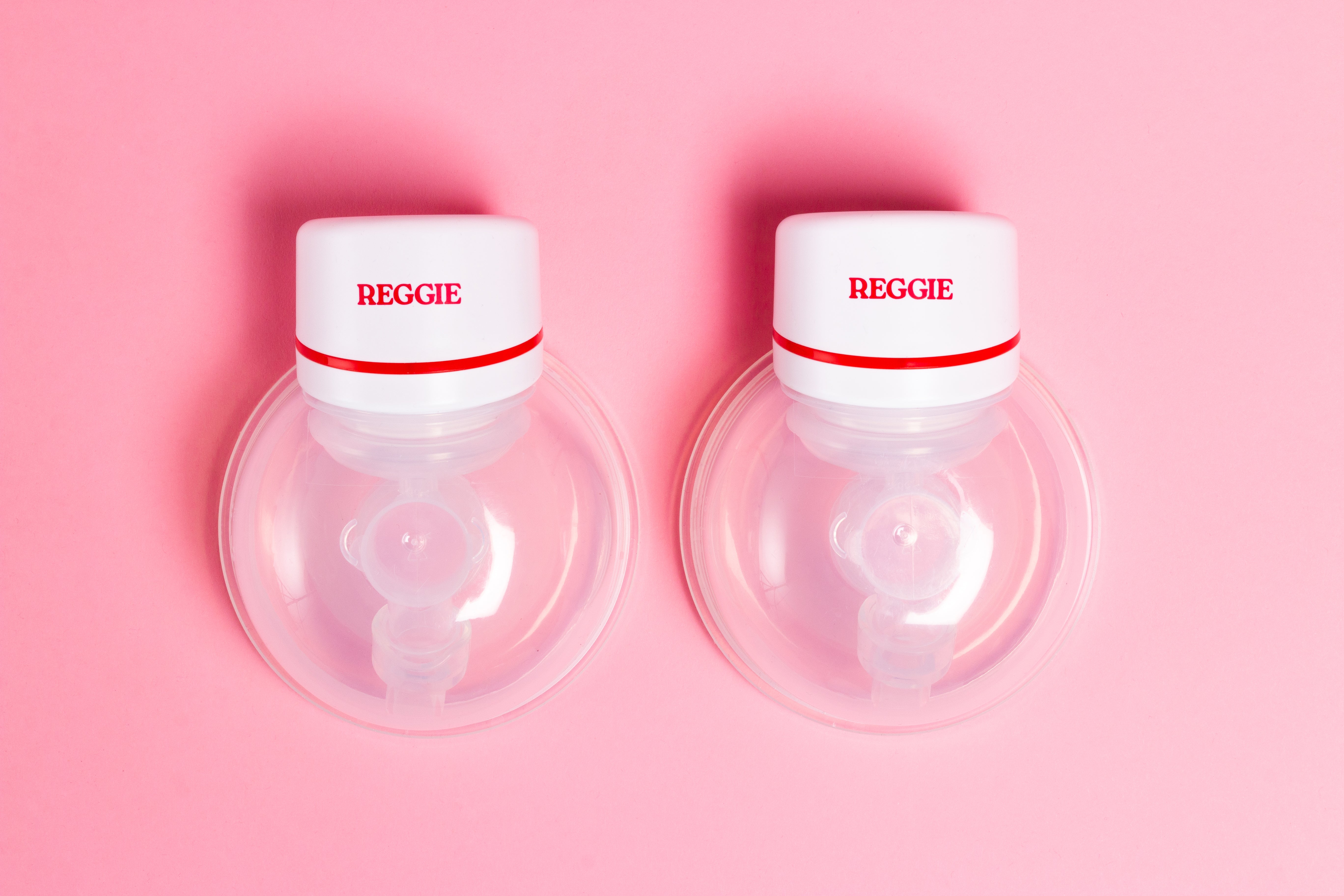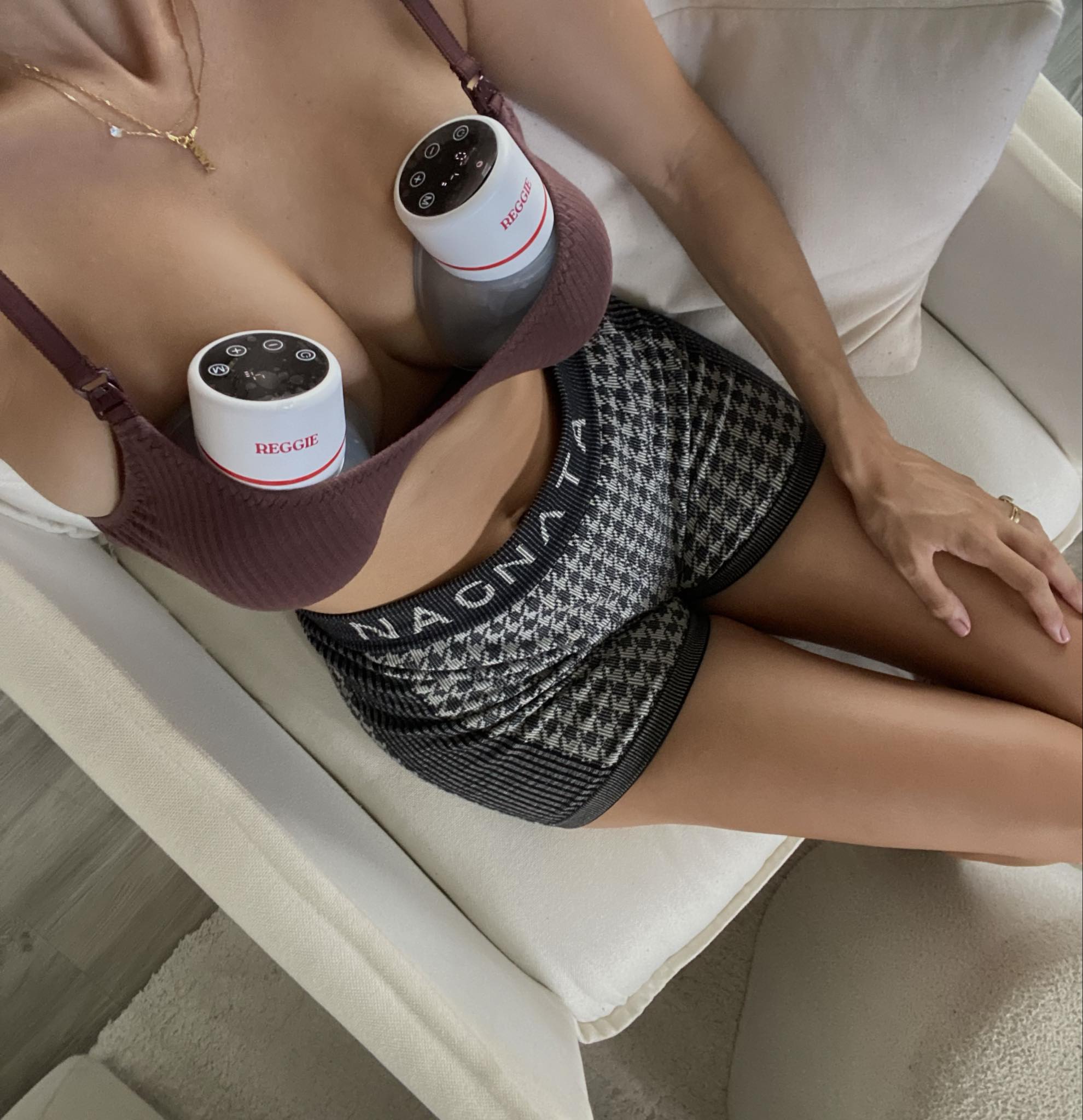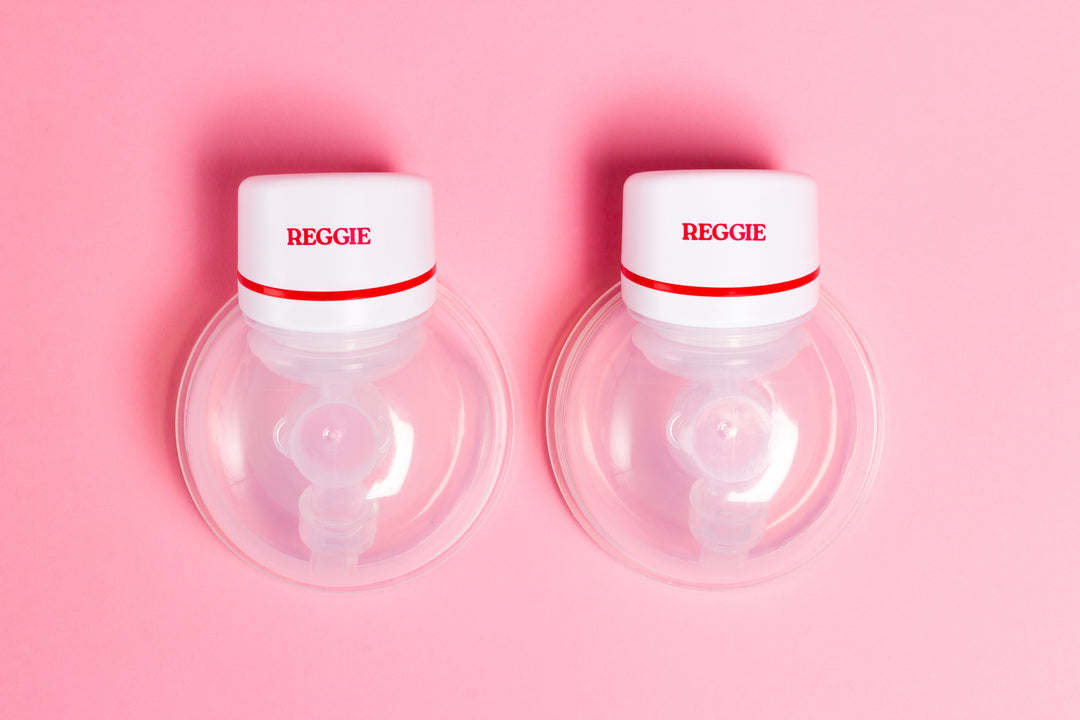5 Causes of Breast Pump Noise
Noisy breast pumps can disrupt your routine and cause unnecessary stress. The main culprits are wrong assembly, damaged parts, poor flange fit, air leaks, and motor problems. Here's a quick breakdown of each issue and how to fix it:
- Wrong Assembly: Misaligned or loose parts can lead to clicking or rattling sounds. Reassemble carefully following the manual.
- Damaged Parts: Worn-out valves, membranes, or tubing can cause grinding or squealing. Replace parts regularly.
- Poor Flange Fit: Incorrect flange size increases friction and noise. Ensure a snug fit or use inserts.
- Connection Air Leaks: Hissing sounds often mean loose connections or worn seals. Check and secure all parts.
- Motor Problems: Excessive motor noise indicates wear or blockages. Clean and maintain your pump, and replace the motor if needed.
Key Tip: Regular cleaning, proper assembly, and timely part replacements can minimise noise and improve performance.
1. Wrong Assembly
Improper assembly is a common cause of pump noise. Misaligned or loosely connected components can make the pump less effective. Follow these steps to ensure everything is put together correctly.
Assembly Steps
- Check the silicone membrane: Make sure it lies flat and creates a full seal.
- Inspect the valve placement: Push the duckbill valve all the way in and confirm it closes properly. A poorly seated valve can lead to noise and reduced suction .
- Secure the motor: Insert the motor unit firmly into the pump body. For wearable models like those from Reggie Baby, ensure the motor is tightly secured to prevent rattling.
Signs of Assembly Errors
Look out for these issues that may point to assembly mistakes:
- Clicking or rattling noises during use
- Whistling sounds while pumping
- Weak or no suction power
- Pump not starting or running properly
- Gaps between the breast and pump flange
- Unusual suction rhythms
If you notice any of these problems, disassemble the pump and reassemble it following the manual. Even one misplaced part can disrupt the pump's performance and increase noise levels .
2. Damaged Parts
Once you've confirmed your pump is assembled correctly, take a moment to check for any damaged parts. Damaged components can lead to noisy operation and reduced efficiency.
Signs of Part Wear
Here are some common signs that your pump parts might need replacing:
- Decreased Suction: If your pump takes longer to express milk or lacks suction power, worn valves or membranes could be the issue .
- Unusual Noises: Sounds like grinding, squealing, or banging often point to mechanical wear .
- Visible Damage: Check for cracks or tears in silicone parts, warped valves, condensation or mould in tubing, or corrosion on metal components .
Spotting these issues early can help you decide when it's time to replace parts.
Part Replacement Guide
| Component | Heavy Use (3+ times daily) | Light Use |
|---|---|---|
| Duck Valves | Monthly | Every 2–3 months |
| Valve Membranes | Every 2–4 weeks | Every 2 months |
| Breast Shields | Every 6 months | Every 6 months |
| Backflow Protectors | Every 3 months | Every 6 months |
If you use a wearable pump, replacement parts like valves and silicone diaphragms are available from Reggie Baby.
Maintenance Tips
- Keep Extras Handy: Always have spare parts ready to avoid disruptions to your pumping routine .
- Frequent Replacement for Exclusive Pumpers: Exclusive pumpers should replace parts more often .
- Check Tubing Regularly: Look for trapped moisture in tubing and replace it if necessary .
- Proper Cleaning: Clean and sanitise all components to help them last longer .
3. Poor Flange Fit
More than 90% of breastfeeding mums use the wrong flange size, which leads to friction noise and reduced milk output . Just like part integrity and proper assembly, having the right flange fit is key to a quieter pumping experience.
Flange Size Selection
A well-fitted flange allows your nipple to move freely within the tunnel without rubbing against the sides. An incorrect fit increases friction and air turbulence, making the pump noisier.
| Fit Issue | Signs | Noise Impact |
|---|---|---|
| Too Small | Nipple rubbing, restricted movement | Squeaking, friction noise |
| Too Large | Areola being pulled in, poor seal | Whistling, air leakage |
| Correct Fit | Only the nipple moves freely with comfortable suction | Minimal operational noise |
The top of the nipple and its base should be the only part entering the flange tunnel
If your flange fit isn’t right, consider using flange inserts to adjust it.
Flange Insert Options
Flange inserts are an affordable way to customise your flange size, improving comfort and reducing noise during pumping.
Here’s what to keep in mind when choosing flange inserts:
- Measure Regularly: Your nipple size can change over time , so it’s important to measure before purchasing.
- Choose Safe Materials: Look for BPA-free silicone inserts that are easy to clean and durable.
- Ensure Compatibility: Check that the inserts work with your pump model.
For those using wearable pumps, Reggie Baby offers flange inserts priced at $12 AUD. These inserts are designed to fit their standard 24mm flanges, providing a snugger fit for various nipple sizes. By improving the seal and reducing air turbulence, they can help make pumping quieter and more comfortable.
sbb-itb-08733ff
4. Connection Air Leaks
Air leaks can lead to a hissing sound and reduce the suction power of your pump. These leaks often happen at the connection points between various pump components.
Finding Air Leaks
The best way to pinpoint leaks is through a thorough inspection of the pump's parts. A hissing sound during operation is usually the first clue. Use this quick guide to check for potential issues:
| Component | How to Inspect | Signs of a Problem |
|---|---|---|
| Valves | Look at the slit visually | Slit is over 7mm or has visible tears |
| Membrane | Watch during pumping | Weak or uneven suction |
| Backflow Protector | Listen while running | Noticeable hissing sound |
| Flange Connections | Perform a seal test | Air escaping audibly |
To narrow down the source:
- Dry and reseal all parts
- Attach only one shield kit
- Place the flange face-down on a flat surface
- Listen closely for any hissing sounds while the pump is running
These steps will help you locate the leak and move on to fixing it.
Fixing Air Leaks
If the pump is cutting out or running without suction, the motor may be at fault. However, if some suction is present, the issue is likely with the pump's parts.
For wearable pumps, positioning is critical. A well-fitted nursing bra can help hold the pump securely in place without pressing too hard, ensuring the flange sits flush against the breast.
Here are a few tips to address air leaks:
- Inspect valves frequently for tears or stretching in the slit
- Make sure the flange is aligned properly
- Confirm all connections are tight and secure
- Replace any parts that show wear or damage
If you're using a wearable pump, such as Reggie Baby products (https://reggiebaby.com.au), their secure connections and ergonomic designs can help minimise leaks. However, regular maintenance is essential to keep your pump working efficiently and ensure consistent milk expression.
5. Motor Problems
Excessive motor noise can interfere with your pump's performance, reducing both comfort and efficiency.
Motor Care Tips
Taking care of your pump's motor is crucial for keeping it running smoothly and quietly. Follow these tips to maintain its condition:
| Maintenance Task | Frequency | Method |
|---|---|---|
| Surface Cleaning | Monthly | Wipe with a damp cloth |
| Vent Inspection | Weekly | Check for blockages |
| Button/Display Cleaning | Monthly | Use an alcohol-dipped swab to clean |
| Connection Check | Before each use | Ensure connections are dry and secure |
When cleaning, avoid letting moisture come into contact with the motor. A well-maintained motor not only reduces noise but also boosts overall performance. To keep your pump in top shape, store it in a clean, sealed container when not in use. This helps protect the motor from dust and other external factors.
If noise persists after cleaning and regular upkeep, inspect the motor for signs of wear and consider whether a replacement might be necessary.
Motor Replacement
Certain issues, like grinding, rattling, overheating, loud operation, or inconsistent suction, often signal motor wear.
Reggie Baby replacement motors, available for $120 AUD, are designed to provide quiet and dependable operation.
To further reduce noise, place your pump on a soft surface and double-check that all connections are secure. If the problem continues despite these measures, reach out to your pump manufacturer's support team for help with troubleshooting.
Conclusion
Keep pump noise to a minimum with regular cleaning, proper positioning, and ensuring your flange fits correctly. Kori Motes, Kindred Bravely's Certified Lactation Counselor, shares this advice:
"For the most effective pumping, try to mimic your baby's feeding rhythm. Begin your pump session in 'letdown mode,' or quick bursts of low suction to encourage milk flow. After your milk lets down, alternate to longer, stronger suction, imitating your baby's suck-swallow-breathe pattern."
Here are some practical maintenance tips to help:
| Maintenance Tip | Key Action | Impact on Noise |
|---|---|---|
| Cleaning | Disassemble, wash, and air-dry pump parts after use | Maintains consistent suction |
| Flange Fit | Ensure the flange size is correct and fits snugly | Prevents air leaks and reduces noise |
| Positioning & Charging | Align pump properly and charge regularly | Improves efficiency and stability |
Mums have seen the difference these steps make. One user shared:
"The Reggie Breast Pump has been incredibly easy to use, lightweight, and comfortable, making the pumping process so much more manageable. The suction is gentle yet effective, and I love how quiet it is – perfect for when I need to pump discreetly."
Related posts
- 5 Common Breast Pumping Problems and Solutions
- Breast Pump Flange Sizes: Finding Your Perfect Fit
- 5 Reasons Wearable Pumps Lose Milk Flow
- Ultimate Guide To Breast Pump Drying And Storage







Leave a comment